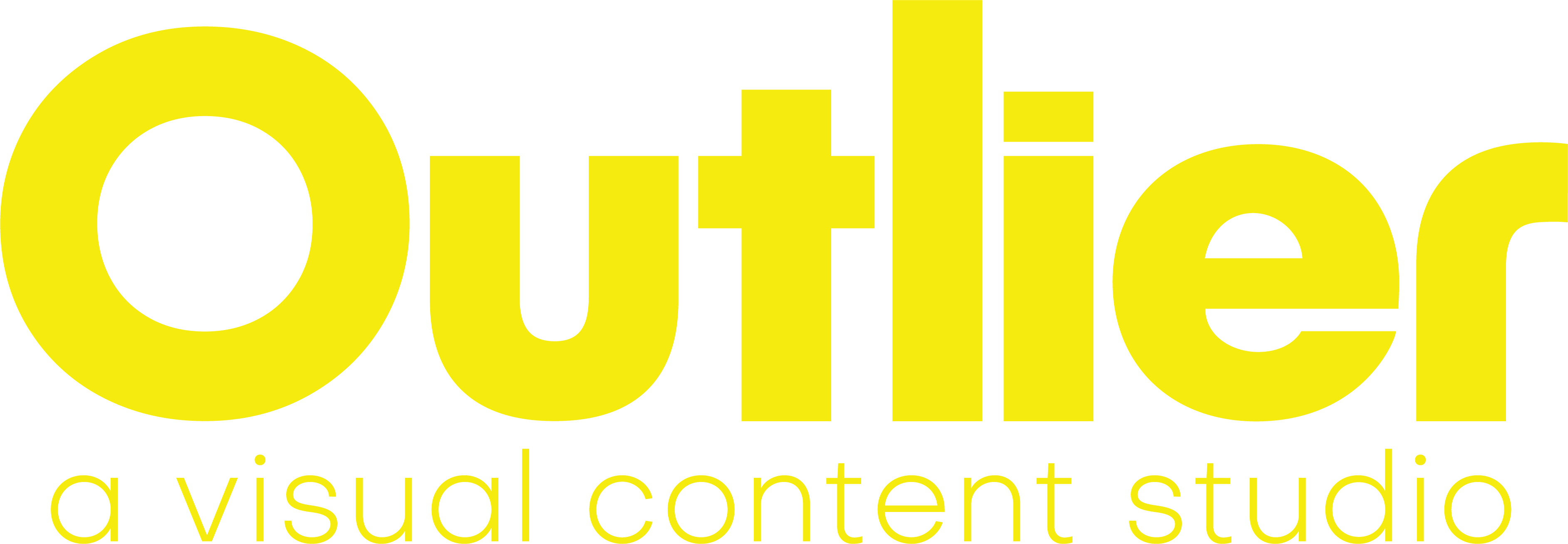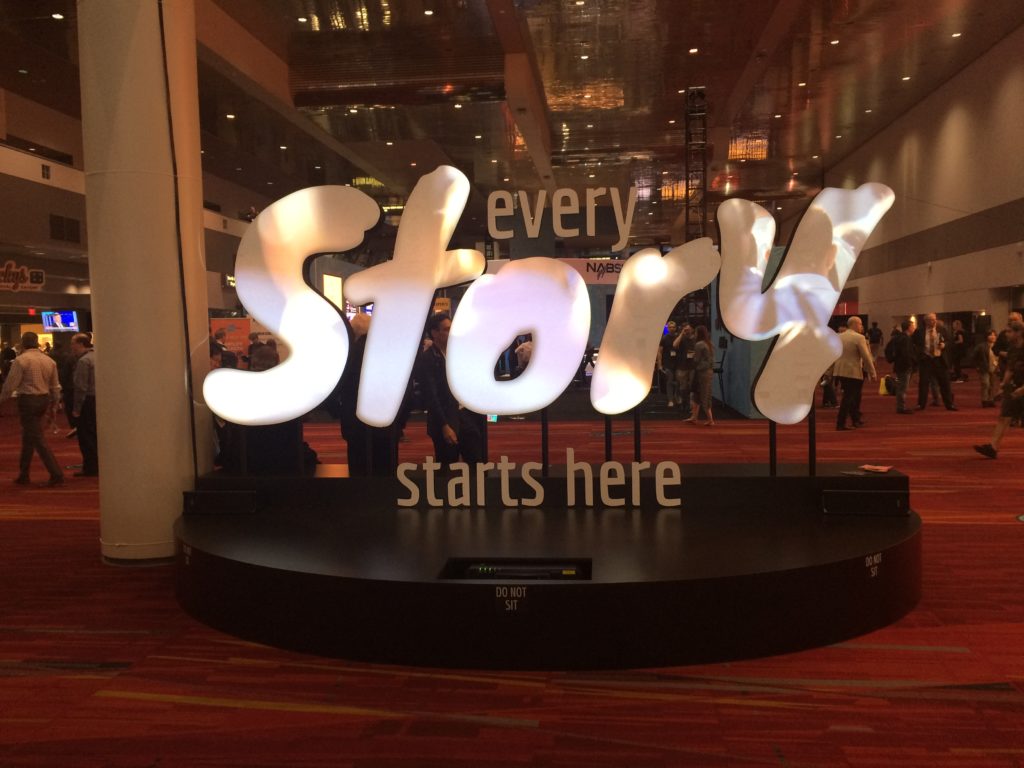This year was my first year attending NAB on behalf of Outlier. After coming down from euphoria akin to that of a kid in a toy shop, I got down to the business of soaking up information. Here are some of the takeaways from the sessions and talks I attended (which in no way represents the whole of NAB … it’s a huge conference.)
8k: Yes, It’s Coming
It’s already here, really. What I gleaned from this particular session was that 4k delivery systems are coming and that soon we are going to see a demand for shooting in 8k for a 4k end deliverable. The panel I attended was very pro 8k, and I take everything with a grain of salt. So yes, I believe that 8k is coming simply because we can.
But as a cinematographer and an editor, I am resistant to the 8k movement. I frame and shoot for the end visual. I don’t particularly want an editor punching in on my deliberately framed shots. As an editor, GPUs can’t process 8k footage. Which means I have to work off proxies, which is just another step to the editing process. As turnarounds tighten and video demands rise, the last thing an editor needs is one more thing to do. Now, RED is developing a codec that the GPU can process. This would make editing 8k footage much more feasible in the future, at least for RED users.
What do you think about 8k?
TLDR: 8k is coming. I’m not a huge fan, but no one cares about that. We will simply have to prepare.
LED is Changing What We Can Do On Camera
I remember when LEDs were really emerging as viable tech for film. Like many people, I was skeptical. I learned to light wearing grip gloves, using hot tungsten lights. LEDs just … didn’t compare. The output was weak, the color was wrong, and it was difficult to shape. As LEDs have advanced, I have shed my bias against them. In fact, my favorite light to use right now is the Aputure Lightstorm c300d, an LED point light.
The LED field is getting really exciting. Say you need to film a night scene in a car, but want to do it in a studio for control (and because a whole rig is very expensive, so let’s just avoid that). It’s typical to use a greenscreen and add the background in post. But now, you can set up LED screens in place of a greenscreen and play the background through those screens. NOT ONLY THAT, but you can then light the scene using LEDs that are programmed to match the plate. Say the actor ‘drives’ by a pink neon sign, that pink neon light will be replicated through a LED light panel giving a realistic lighting treatment … without grips and PAs having to wave a flag or change out a gel on the fly.
TLDR: LED technology is giving us greater control over lighting. LED screens also allow for realistic in-camera backgrounds.
(If you’re interested in learning more about using LED for visual effects, I’d suggest Neil Oseman’s quick read.)
I Got An Avid Demo and I Liked it
When I went to school for Film and TV, Final Cut 7 was still the industry’s go-to editing platform. Avid and Premiere were secondary. In fact, I was one of the first of my classmates to start using Premiere (I owned a PC laptop and needed a platform that could work on both MAC and PC). Now, of course, Premiere and Avid are each industry standards, depending on what niche of the industry you work in.
I have been using Premiere for around 7 years now and frankly, it has been pissing me off lately. Constant updates and bugs don’t mix well with the reliability professional editors crave and need. Premiere is choosing the path of ‘ease of use’, which for professionals often means ‘loss of capability’. Avid continues to grow as the professional choice. So I got a quick demo of it, and I grew quite fond of it. While learning the shortcuts and keyboard controls is a sharp learning curve, I can see how it would ultimately make editing quicker and more creative. Plus, as was explained to me, it handles longer format projects MUCH better (hence the reason it’s used in movie making). I am not planning to transition from Premiere to Avid any time soon, but the seed has been planted.
TLDR: I got a taste for Avid (as a Premiere user) and I liked it.
What Was Missing
Gender ratio was abysmal. We all know this industry is heavily male dominated, so it wasn’t much of a surprise that female video creatives were underrepresented at NAB. What was a surprise is how I felt about it. I am not a stranger to being one of the few women on a set. I work with men all the time – I like working with men. But at NAB, I really felt it. I felt like I stuck out – especially because I am on the younger side which felt compounded with my gender. I was so anxious, even just walking through crowds, of looking like I belonged. Did anyone make me feel like this directly? No, not at all. In fact, whenever a question came up about women representation in the industry, the response was very warm and enthusiastic. Which is awesome. It was more the fact that the conference was a strong visualization of just how underrepresented women are. It’s one thing when you see numbers and percentages, another when you experience them.
One thing that was clear at NAB is how large and varying the content industry is. I definitely got lost multiple times in the maze of an exhibitor floor. The pure number of brands represented was dizzying. There was everything from the film industry, like ARRI, to social content creators, to outdoor video tech, to E-sports, to management and delivery cloud platforms that I didn’t really understand.
Overall it was a good experience which inspired and reinvigorated me. I hope to get the chance to continue to attend NAB, and hopefully with each year the conference gets a little more diverse and a little more balanced (or a lot, I’ll take that too).

